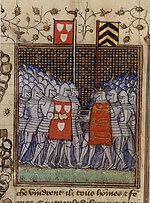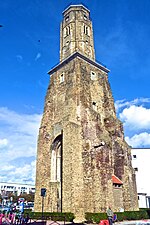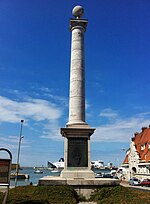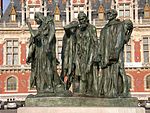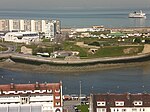Église Notre-Dame de Calais
12th-century Roman Catholic church buildings in FranceBuildings and structures in CalaisChurches in Pas-de-CalaisMonuments historiques of Pas-de-Calais

Église Notre-Dame ("The Church of Our Lady") is a Roman Catholic parish church located on Rue de la Paix, in Calais, department of Pas-de-Calais, in northern France. It dates from the 12th century, and chiefly from the 14th century. Arguably, it is the only church built in the English perpendicular style in all of France.
Excerpt from the Wikipedia article Église Notre-Dame de Calais (License: CC BY-SA 3.0, Authors, Images).Église Notre-Dame de Calais
Rue Notre-Dame, Calais
Geographical coordinates (GPS) Address External links Nearby Places Show on map
Geographical coordinates (GPS)
| Latitude | Longitude |
|---|---|
| N 50.95833 ° | E 1.85306 ° |
Address
Église Notre-Dame
Rue Notre-Dame
62100 Calais
Hauts-de-France, France
Open on Google Maps


